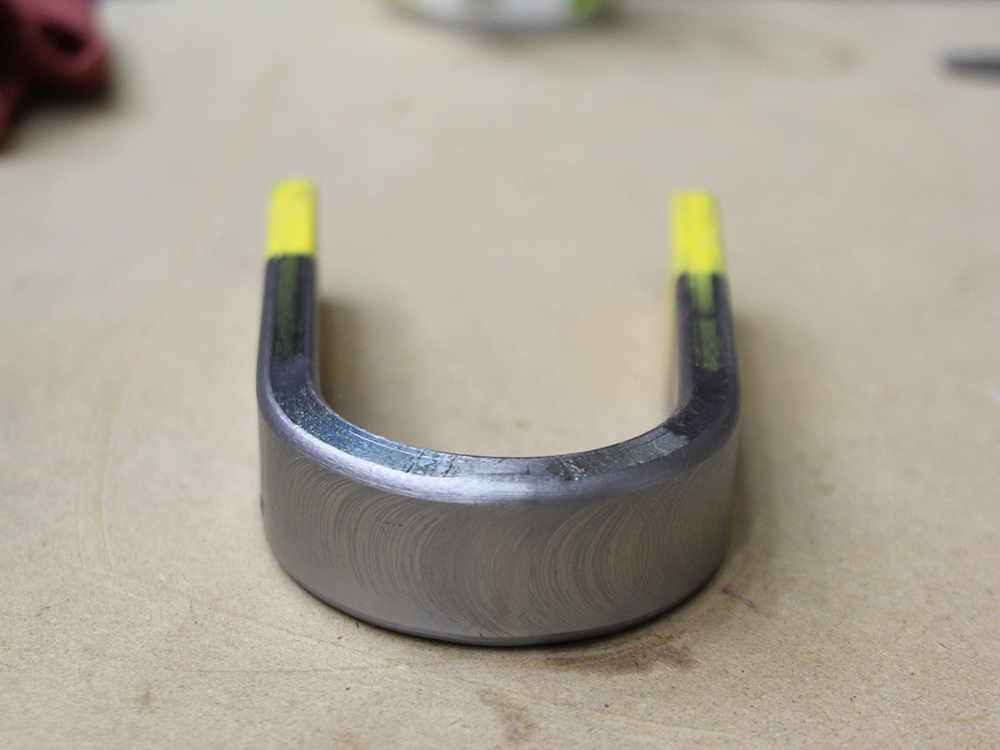When you see “Bridge Closed” signs on the road and engineers working on repairs, you know it only makes sense to turn around and try a different route. There’s no point in waiting for the repairs to be finished because it will surely take more time than you have.
Current methods used for repairing our bridges are costly and time-consuming. That’s why engineers at the Cockrell School’s Center for Electromechanics have been working to develop a new high-speed welding technology for steel bridge infrastructure improvements that cuts conventional welding times by more than half.
The researchers are using a method known as homopolar welding, which utilizes a Homopolar Generator (HPG) to enable the joining of various metals at a much larger scale than before and in a fraction of the time it takes with existing technologies. The most recent design is focused on significantly reducing the cost of the generator so the technology could be commercialized.
This means bridges can be built, or repaired, faster and at a lower cost, without sacrificing the structural integrity.
“In just a few seconds, we can now weld bridge parts that would otherwise have taken hours to complete,” said Scott Pish, research engineer at the Center for Electromechanics. “Because no filler material is used and the energy (heat) is delivered to the weld zone as an impulse, less total electrical energy is required to complete the weld.”
The team also conducted metallurgical tests on the new design that showed equivalent or superior mechanical properties to welds performed using conventional methods.
Next time you see that a bridge is mid-repair, remember that sometime in the future, you may only have to wait a few seconds on the repairs before you can continue on your route.
The Center for Electromechanics is working with Austin-based Koo and Associates International, Inc. to commercialize the technology, which was funded by the U.S. Department of Transportation. For more information, visit cem.utexas.edu/content/dot-hpg-bridge-weldments.
A U-shaped weld sample made in four seconds using the Texas Engineering team’s new device. The steel used, known as ASTM A572 grade 50, is the same alloy used in bridge construction and can take hours to weld with conventional welding technology.

